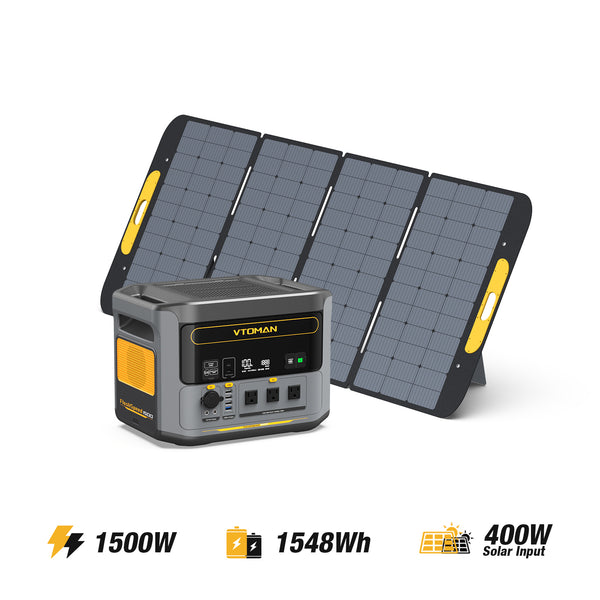Living off the grid is an appealing lifestyle choice for many, offering independence and a closer connection to nature. However, understanding the energy needs for living off the grid is crucial for a successful transition. This guide will help you navigate the complexities of sizing your off-grid energy system effectively.

Assessing Your Energy Consumption
Before diving into the specifics of energy systems, it is essential to assess your daily energy consumption. How much energy do you use on average? This question is fundamental in determining the size of your off-grid energy system. Start by listing all your appliances and their energy requirements. You can use a simple formula:
"Total Daily Energy Consumption (kWh) = Sum of all appliances' wattage × Hours used per day."
For instance, if you have a refrigerator that uses 200 watts and runs for 24 hours, it consumes 4.8 kWh daily. By compiling this data, you can gain a clearer picture of your overall energy needs.
Choosing the Right Energy Sources
Once you understand your energy consumption, the next step is to choose the right energy sources. The most common options for off-grid living include:
- Solar Power: Ideal for sunny regions, solar panels convert sunlight into electricity.
- Wind Energy: Wind turbines can generate power in areas with consistent wind.
- Hydropower: If you have access to flowing water, micro-hydro systems can be very efficient.
Each of these sources has its advantages and limitations. For example, solar power is often the most accessible and scalable option, while wind energy may require more space and investment. Understanding these options will help you meet your energy needs for living off the grid effectively.
Battery Storage Solutions
Energy storage is another critical component of an off-grid system. Batteries store excess energy generated during peak production times for use during low production periods. When selecting a battery system, consider:
- Capacity: Measured in kilowatt-hours (kWh), this indicates how much energy the battery can store.
- Depth of Discharge (DoD): This refers to how much of the battery's capacity can be used without damaging it.
- Cycle Life: The number of charge and discharge cycles a battery can undergo before its capacity significantly diminishes.
For example, the Tesla Powerwall is a popular choice among off-grid enthusiasts due to its high capacity and efficiency.
Monitoring and Adjusting Your System
Finally, monitoring your energy consumption and production is vital. Regularly check your system's performance and make adjustments as necessary. This proactive approach ensures that your energy needs for living off the grid are consistently met.
In conclusion, understanding your energy needs for living off the grid is a multifaceted process that involves assessing consumption, choosing appropriate energy sources, investing in battery storage, and ongoing monitoring. By following these guidelines, you can create a sustainable and efficient off-grid lifestyle.
For more insights, check out this informative video on off-grid energy solutions.








